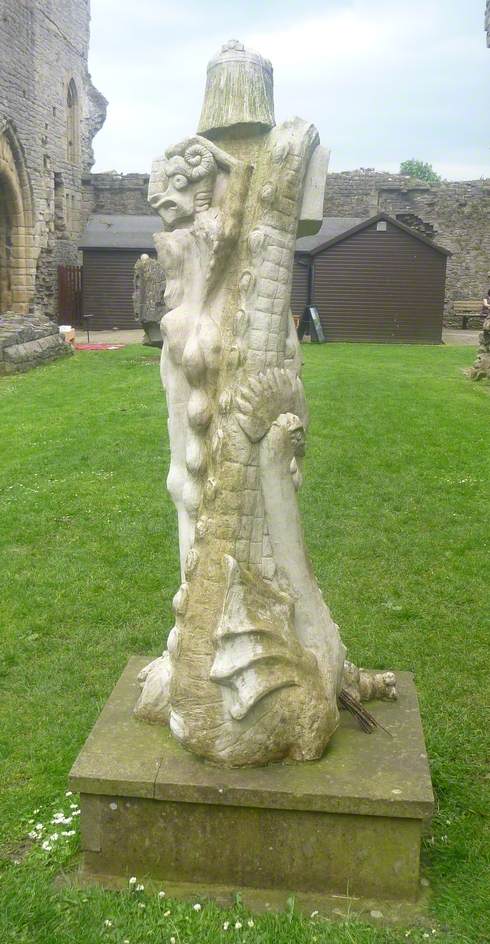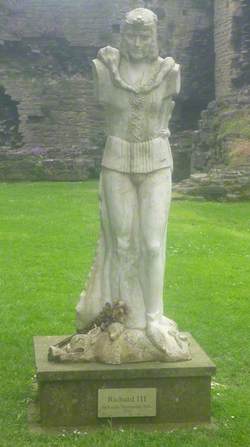How you can use this image
This image can be used for non-commercial research or private study purposes, and other UK exceptions to copyright permitted to users based in the United Kingdom under the Copyright, Designs and Patents Act 1988, as amended and revised. Any other type of use will need to be cleared with the rights holder(s).
Review the copyright credit lines that are located underneath the image, as these indicate who manages the copyright (©) within the artwork, and the photographic rights within the image.
The collection that owns the artwork may have more information on their own website about permitted uses and image licensing options.
Review our guidance pages which explain how you can reuse images, how to credit an image and how to find images in the public domain or with a Creative Commons licence available.
Notes
Add or edit a note on this artwork that only you can see. You can find notes again by going to the ‘Notes’ section of your account.
The figures represented are allegorical – the basilisk (or cockatrice) and a medieval demon on Richard's back – and heraldic – the white boar and part of the 'sun and roses' of the Yorkist collar. Richard became, after his death a controversial figure in history many questions about his character remaining unresolved today, the Shakespearian portrait being totally at odds with the dedication in the York City Rolls. The sculpture illustrates the heavy burden which history has heaped upon this Northern King. The tail of a basilisk curls over Richard's right shoulder as Shakespeare likened Richard to this creature which could kill its enemy by a look. The basilisk (or cockatrice) was a legendary monster with the wings and tail of a dragon and the head and comb of a cockerel.
Clinging closely to Richard's left is a medieval demon, another sometime character comparison. However, Richard was also said to have experienced terrifying nightmares of demons before his last battle at Bosworth in 1485 and perhaps it is up to us to decide where the real demons lay in the complicated politics which surrounded Richard's life and death.
These symbolic images are placed at the back of the work whence the may scarcely be seen from the front. Nevertheless they represent the twin mischiefs of legend and imagination which are a vital component of the history of the now mute and defenceless figure.
Richard's feet are curled across the White Boar – his own heraldic symbol which appears on badges, coinage and stained glass windows associated with his reign. At the meeting point of the basilisk's tail and the demon's head is a single element taken from the Yorkist collar of suns and roses.
English Heritage, Middleham Castle
Leyburn
Title
Richard III (1452–1485)
Date
1996
Medium
stone or concrete
Measurements
H 183 x W 78 x D 69 cm;
Plinth: H 30 x W 91 x D 81 cm
Accession number
88374441
Work type
Statue
Inscription description
on plaque on plinth: Richard III / by Linda Thompson, M.A.


